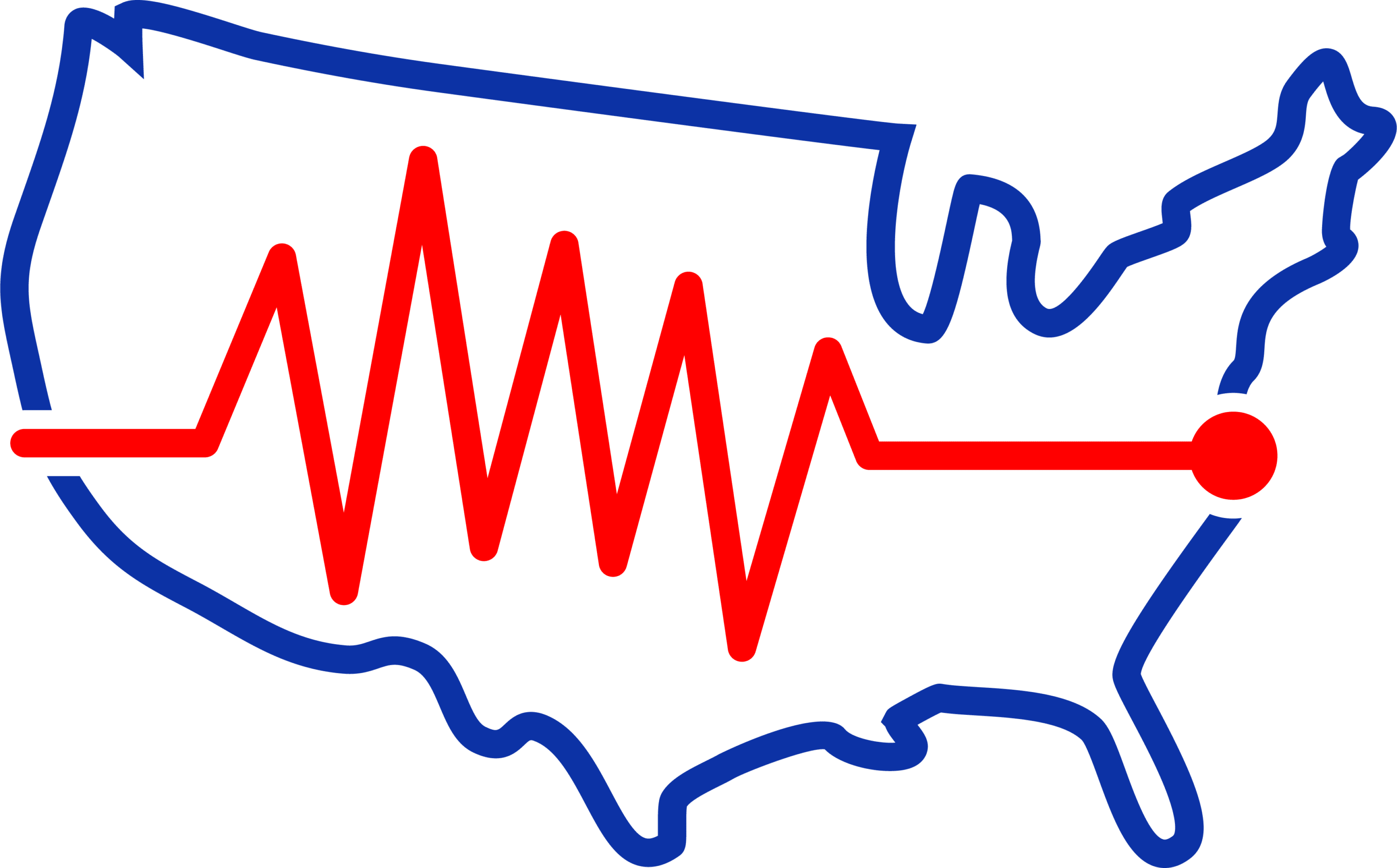Introduction
Espionage, the act of spying or using spies to obtain secret information, has been a critical concern for nations throughout history. In modern times, polygraph testing has become an integral tool in counterintelligence efforts, playing a significant role in several notable espionage cases. This article delves into some of these cases, highlighting how polygraph tests contributed to their investigation and resolution.
Case Study 1: The Aldrich Ames Case
Aldrich Ames, a former CIA officer, was arrested in 1994 for spying for the Soviet Union and Russia. Despite undergoing periodic polygraph examinations, Ames managed to deceive the tests for years, compromising numerous CIA assets. This case raised questions about the effectiveness of polygraphs in detecting sophisticated spies. Ames’ ability to pass the polygraph while committing espionage led to significant changes in how the CIA conducted these examinations.
Case Study 2: The Ana Montes Case
Ana Montes, a senior analyst at the Defense Intelligence Agency, was arrested in 2001 for espionage on behalf of the Cuban Intelligence Directorate. Montes successfully passed multiple polygraph tests during her tenure, which spanned over a decade. Her case demonstrated the challenges in detecting espionage even with the use of polygraphs and underscored the need for comprehensive background checks and surveillance alongside polygraph testing.
Case Study 3: The Robert Hanssen Case
Robert Hanssen, an FBI agent, was arrested in 2001 for spying for the Soviet Union and Russia. Hanssen’s case is particularly notable because he never underwent a polygraph examination during his tenure at the FBI. His eventual capture, after 22 years of espionage, highlighted the potential value of polygraph testing in identifying double agents, leading to the FBI adopting more stringent polygraph screening processes.
The Polygraph’s Role in Counterintelligence
These cases illustrate both the potential and limitations of polygraph testing in counterintelligence. While the polygraph is a valuable tool, it is not infallible. Spies like Ames and Montes demonstrated that it’s possible to deceive the test, emphasizing the need for multiple layers of security and vetting.
Enhancements and Reforms
Following these espionage cases, there were calls for reforms in polygraph testing procedures. Enhanced interrogation techniques, improved examiner training, and the integration of other intelligence data with polygraph results are among the measures implemented to increase the reliability of these tests.
Conclusion
The role of polygraph testing in espionage cases is a complex and evolving area. While not a perfect tool, it remains a critical component of the counterintelligence toolkit. The lessons learned from cases like those of Ames, Montes, and Hanssen have led to improvements in polygraph methodologies and broader counterintelligence practices. Ultimately, these cases underscore the importance of continuous advancement and vigilance in the field of national security.

